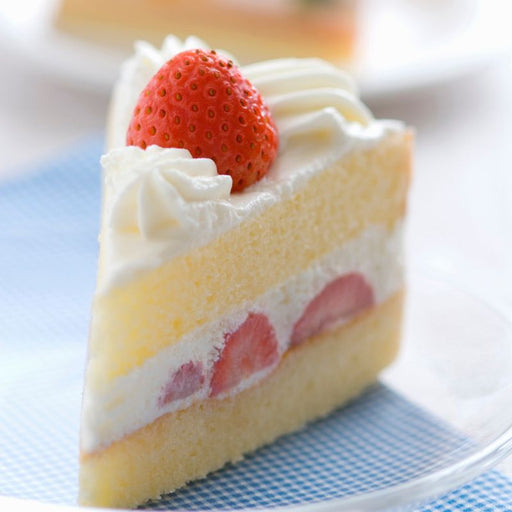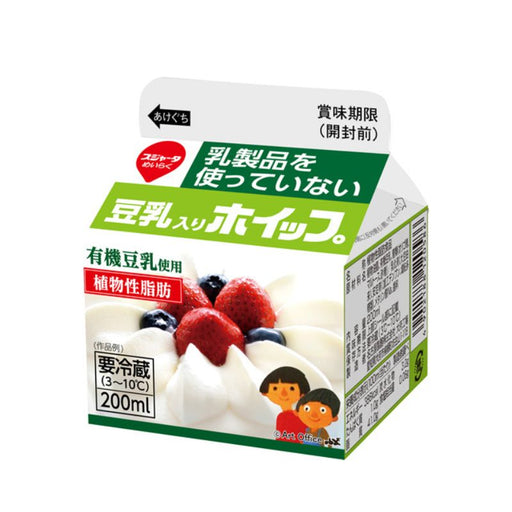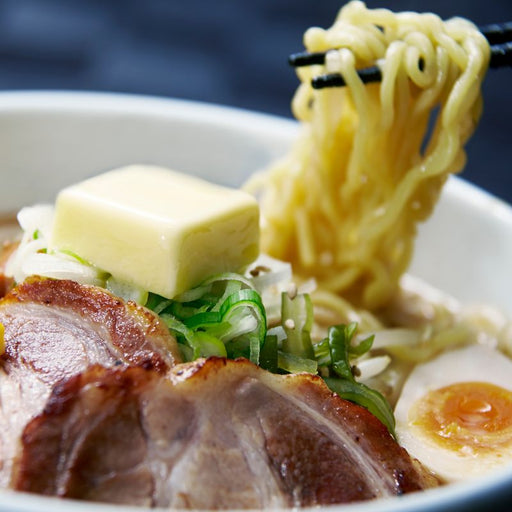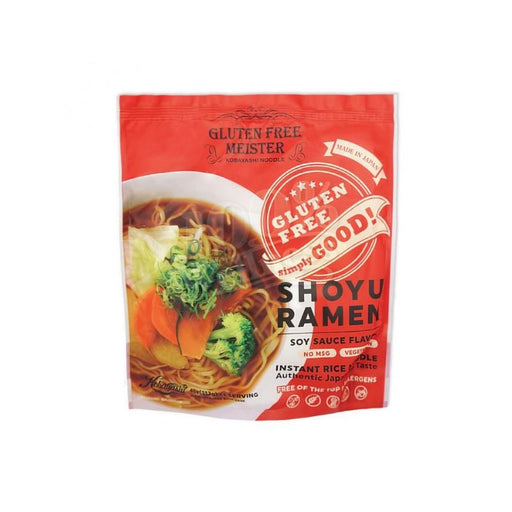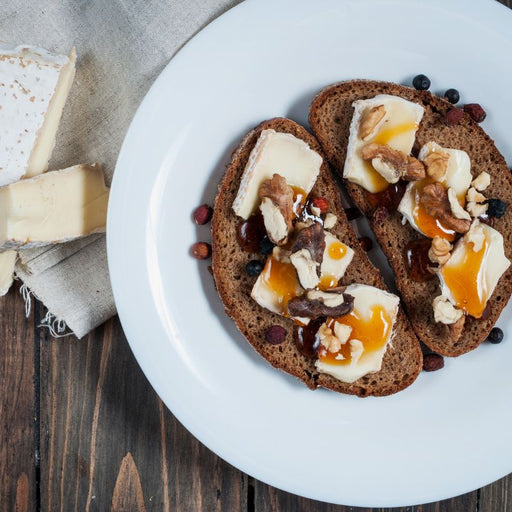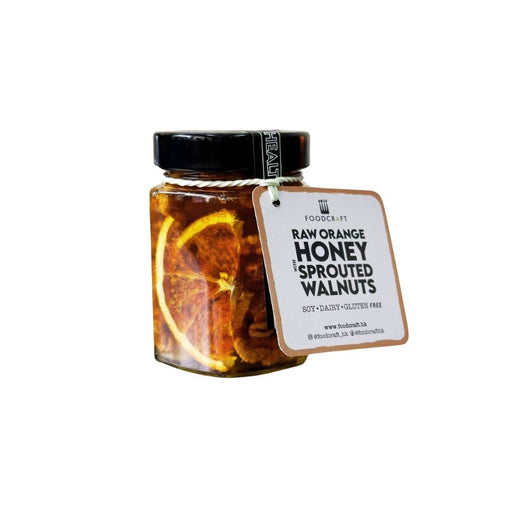
Kobayashi Harukichi Shoten Sakekasu Ginjo - 400g
What is Sake Kasu? 酒粕
Sake lees are byproducts of the sake-making process. Sake is made by steaming raw rice, adding water, and a mixture of koji mold and yeast (referred to as 'moromi'). The koji mold enzymes convert the starch in rice into liquid sugar, which the yeast then turns into alcohol (sake). After pressing (filtering) the moromi, the liquid becomes sake, and the leftover sediment becomes sake lees.
At Kobayashi Harukichi Shoten, they specialize in handling delicious and nutrient-rich sake lees.
How to use Sakekasu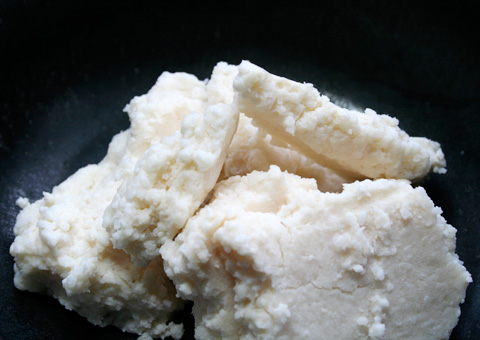
Sake kasu can be eaten as is, the texture is quite like cheese but the taste is fruity and obviously tastes of sake. This hand-pressed kasu still has quite a bit of alcohol content in it.
Kasu-jiru (kasu soup): Base for soups and stews
Kasu-zuke (kasu marinade): Marinade fish and meat before grilling
Amazake (sweet sake): Melted in hot water, served with shredded ginger
Kasu can be lightly toasted and served with honey. Narazuke is pickled dark brown neri-kasu, kasu that has been allowed to age for several months.
Chart: sake kasu components (per 100g)
| Food Name | Calories | Water | Protein | Carbohydrates | Alcohol | Vitamin B | Dietary Fiber |
|---|---|---|---|---|---|---|---|
| kcal | g | g | g | % | mg | mg | |
| Sake Lees | 227 | 51.1 | 14.9 | 23.8 | 8.2 | 0.03 | 0.26 |
How to Store Sakekasu
Sake lees contain around 9% alcohol. Due to this, they have antiseptic properties, making it difficult for bacteria to multiply, rendering it a non-perishable food. However, over time, they become moist and soft, acquiring sweetness, richness, and aroma, turning into a delicious pink color. Additionally, various beneficial components are produced. This maturation process is referred to as aging.
Please store in the refrigerator (under 10℃)











